Financial wellness. On the surface, it sounds like an elusive “trend du jour.” But when it is considered in relation to the workplace, the idea takes hold. Employees are asked to make important financial decisions about retirement plans and health, life, and other insurance coverages as well as other benefits — all of which may have a lasting impact on their overall financial outlook. Yet often workers make these decisions “on the fly” without fully understanding their options or how their choices may affect their financial life today and into the future.
For their part, employers invest considerable resources in benefits programs, and while many provide educational support to employees, such support is typically targeted to a specific planning need — such as retirement — and often lacks the holistic approach that financial wellness programs seek to achieve.
Documenting the Need
You needn’t look far to find evidence of the need for a new, more comprehensive approach to personal financial management. A recent study by the American Psychological Association found that money was the most common source of stress for 71% of adults — and has topped the list of stressors every year since 2007.1,2 Another report revealed that nearly half (46%) of employees who consider themselves to be “more financially stressed” say they are less productive at work. Half of this group also believes that employers have a responsibility for the financial wellness and security of their employees.3
These findings suggest that there is considerable opportunity for employers to enhance their current financial education programs by assessing and addressing the overall financial well-being of employees. And this topic is “top of mind” with a growing number of companies. Aon Hewitt’s survey of the major themes being focused on in 2015 by large plan sponsors found that 93% of respondents were “very likely” or “moderately likely” to create or expand their focus on financial wellness this year.4
In its comprehensive report, “Financial Wellness at Work,” the Consumer Financial Protection Bureau (CFPB) encouraged employers to “reimagine” their education efforts by introducing programs that “reinforce basic money management skills, measure financial stress, and help employees avoid high-cost credit.”5
From Concept to Practice
While it is clear what a financial wellness program is intended to achieve, arriving at a common definition of what it is and how it can be implemented is less obvious. Companies that currently offer financial wellness programs as part of their benefits offering may all approach it in somewhat different ways. However there does seem to be general agreement that, like physical wellness, financial wellness is a lifelong journey that involves all aspects of an individual’s financial life — immediate, day-to-day issues as well as long-term goals that need to be addressed, such as:
- Budgeting
- Cash Management
- Building emergency savings
- Managing debt
- Purchasing a home
- Saving for college
- Investing for retirement
As part of its research, the CFPB tracked financial wellness efforts currently underway at several companies, and then compiled a list of best and/or “promising” practices that are summarized here.4
Assess needs and build trust. Employers stress the importance of surveying employees about their financial needs and building a level of trust before crafting a financial wellness plan. Some companies have hired third-party providers that offer coaching and education as a way to reinforce worker confidentiality.
Leverage technology to lower costs. Employers have found that mobile financial management applications, tools, and games to deliver financial wellness content offer engaging and affordable options that can be scalable to accommodate the disparate needs of a large, sometimes global, workforce.
Make financial wellness part of new employee orientation. Employers who introduce financial wellness as a natural part of the new employee orientation/benefits selection process report positive results. This is, as one employer called it a “milestone moment,” when employees are open to change.
Address the emotional baggage around money issues. Financial wellness initiatives that address and allay employees’ fears or embarrassment over their financial situation show promise in spurring employees to act and develop more positive financial behaviors.
If you would like to learn more about financial wellness programs and/or enhancing your benefits offering with financial wellness practices, the resources listed below offer a good starting point.
Source/Disclaimer:
1American Psychological Association, “Stress in America™ Are Teens Adopting Adults’ Stress Habits?” February 11, 2014.
2CNBC.com, “Financial wellness: Coming to an office near you,” March 9, 2015.
3MetLife, Inc., “Insights from MetLife’s 13th Annual U.S. Employee Benefit Trends Study: Benefits Impact: Delivering Dynamic Benefits for a Loyal Workforce,” May 2015.
4Aon Hewitt, “2015 Hot Topics in Retirement.”
5Consumer Financial Protection Bureau, “Financial wellness at work: A review of promising practices and policies,” August 2014.
Because of the possibility of human or mechanical error by Wealth Management Systems Inc. or its sources, neither Wealth Management Systems Inc. nor its sources guarantees the accuracy, adequacy, completeness or availability of any information and is not responsible for any errors or omissions or for the results obtained from the use of such information. In no event shall Wealth Management Systems Inc. be liable for any indirect, special or consequential damages in connection with subscriber’s or others’ use of the content.
© 2015 Wealth Management Systems Inc. All rights reserved.







